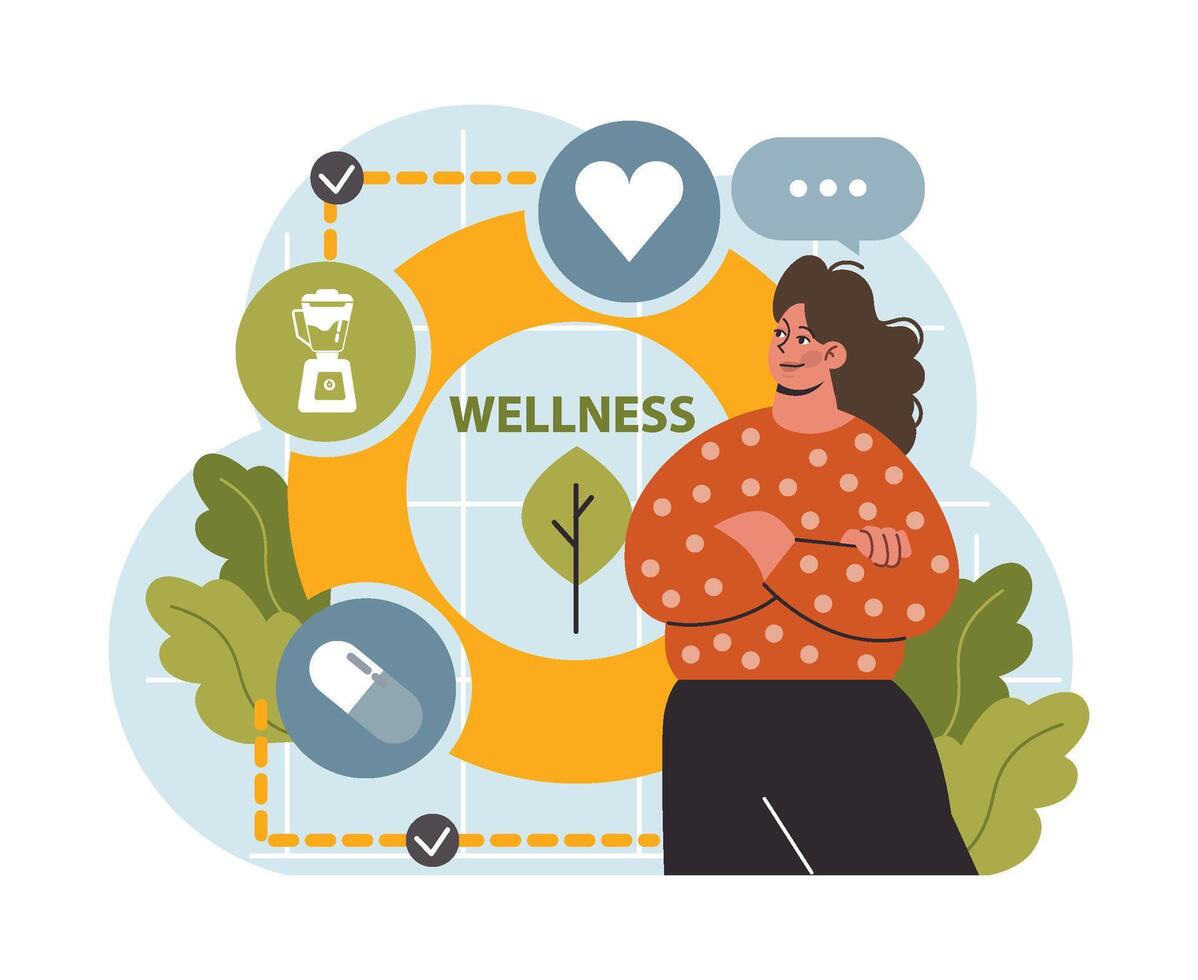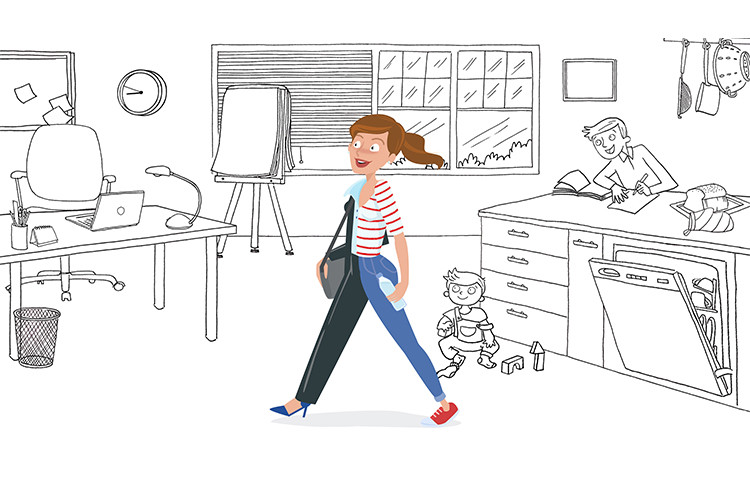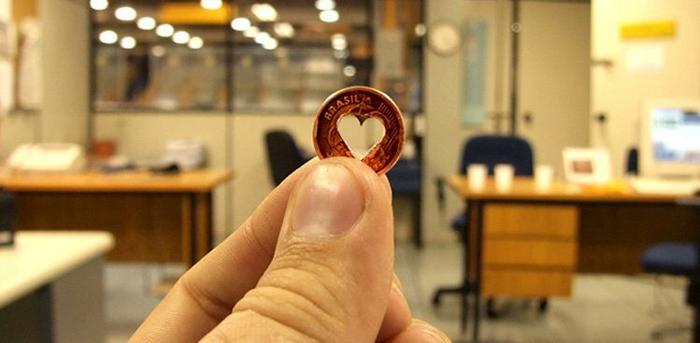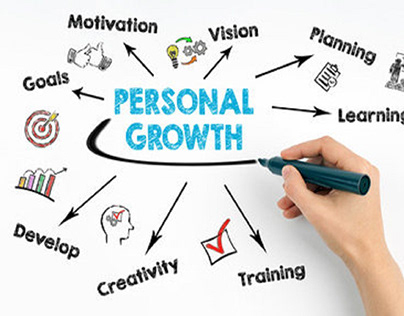Personal reinvention means making real changes to who you are and how you live. It is about learning to improve yourself by understanding your strengths, setting clear goals, and creating new habits. Anyone can master this process by being patient and committed to steady progress.
Change can feel hard or confusing, but breaking it down into simple steps makes it possible. By focusing on small, meaningful actions and being ready to face challenges, people increase their chances of success. Reinvention is not a one-time event—it is a journey of ongoing growth and adjustment.
Understanding what needs to change, planning well, and staying strong through setbacks helps keep the process moving forward. Building better relationships and changing your environment can also support lasting change. With effort and focus, anyone can transform their life for the better.
Key Takeaways
- Personal reinvention starts with clear goals and self-understanding.
- Small actions and resilience help overcome challenges.
- Lasting change requires ongoing effort and support from others.
Understanding Personal Reinvention
Personal reinvention involves a clear shift in how someone thinks, acts, and lives. It requires understanding what drives change and recognizing common misunderstandings that can get in the way. Knowing these ideas helps people approach reinvention thoughtfully and realistically.
Defining Personal Reinvention
Personal reinvention is the process of making significant changes to a person’s identity, goals, or lifestyle. It can include changing careers, adopting new habits, or altering one’s mindset. This is not about small tweaks but deeper transformations that create a new version of oneself.
It often happens after life events like a job loss, relationship change, or a personal realization. The goal is growth and better alignment with a person’s values and desires.
The Psychology Behind Change
Change triggers different psychological responses. People usually feel a mix of fear and hope during reinvention. Fear comes from leaving comfort zones, while hope comes from the potential of new opportunities.
Motivation plays a key role. Intrinsic motivation, driven by internal desire, is more powerful than external pressure. People who believe they can control their future are more likely to succeed in reinvention.
The brain also changes with new experiences. This means personal reinvention can physically reshape how someone thinks and reacts over time.
Common Myths and Misconceptions
Many believe personal reinvention means starting over from zero. In truth, it often builds on past skills and experiences. Reinvention is less about erasing the past and more about evolving it.
Another myth is that it happens quickly. Genuine change takes time and effort. Expecting instant results can cause frustration.
Some also think reinvention is only for a few “brave” people. Anyone willing to work through the process can reinvent themselves, regardless of age or background.
| Myth | Reality |
|---|---|
| Must start over completely | Builds on past experience |
| Happens quickly | Takes consistent time and effort |
| Only for certain people | Open to anyone ready to change |
Assessing Your Current Self
To start personal reinvention, it is important to thoroughly examine your current mindset, beliefs, and skills. Knowing what holds you back and what pushes you forward helps create a clear path for change.
Self-Reflection Techniques
Self-reflection involves taking time to think honestly about one’s feelings, actions, and goals. Writing in a journal each day about experiences and emotions can reveal patterns over time. Asking questions like What made me feel proud today? or What frustrated me most? encourages deeper understanding.
Another useful method is setting aside quiet time to meditate or simply sit without distractions. This helps identify values and desires that are often hidden by daily life stress. Tracking moods and reactions to events can also highlight areas needing attention or growth.
Identifying Limiting Beliefs
Limiting beliefs are thoughts that prevent progress, such as I am not good enough or I always fail. These beliefs often form from past experiences or negative feedback and can be hard to notice without effort. Writing down repeated negative thoughts helps to spot these beliefs.
Once identified, it’s crucial to challenge their truth. For example, replacing I can’t learn new things with I am capable of growing builds confidence. Talking with a trusted friend or coach can provide outside views that expose false beliefs.
Recognizing Strengths and Weaknesses
Knowing what someone does well and where they struggle guides personal growth effectively. Strengths can be skills like communication, problem-solving, or creativity. Weaknesses might include procrastination, fear of failure, or poor time management.
Making two lists—one for strengths and one for weaknesses—clarifies focus points. Feedback from colleagues, friends, or mentors can confirm or add to these lists. Building on strengths while improving weaknesses creates a balanced approach to change.
Setting Goals for Meaningful Change
Setting goals requires a clear idea of what to achieve, detailed steps to get there, and making sure those goals match personal beliefs. This helps create a strong plan for change that is both realistic and motivating.
Crafting a Clear Vision
A clear vision is a detailed picture of what a person wants to achieve. It should be specific and easy to imagine, like “start a small business selling handmade crafts” instead of just “make money.”
Writing down the vision helps keep it focused. It acts as a guide for decisions and efforts. Visualizing success often helps maintain motivation during challenges.
Establishing Actionable Objectives
Actionable objectives break the vision into smaller, practical steps. Each step should be measurable and have a deadline, such as “create a website by June” or “attend a marketing workshop this month.”
This method keeps progress visible. When objectives are clear and manageable, it reduces feeling overwhelmed. Tracking these objectives also helps adjust plans when needed.
Aligning Values with Aspirations
Goals must match what a person truly values, or they risk losing interest or feeling conflicted. For example, if family time is a priority, goals that demand long hours away might cause stress.
Reviewing personal values regularly helps check that aspirations still fit. Aligning values and goals creates lasting motivation and peace of mind during change.
Using a values-goal table can help clarify priorities:
| Value | Goal | Alignment Level (High, Medium, Low) |
|---|---|---|
| Family | Work from home | High |
| Health | Exercise 3 times a week | High |
| Career | Get a promotion by year-end | Medium |
Planning Your Reinvention Journey
Starting a personal reinvention requires clear steps and focus. It helps to map out a plan, mark important goals, and decide which parts of life or skills to improve first. This approach keeps the process organized and manageable.
Developing a Personalized Roadmap
A personalized roadmap shows a clear path forward based on individual needs and goals. It begins with understanding where someone currently stands in life and what changes they want. This includes setting specific, measurable goals.
Writing down these goals and breaking them into small tasks makes progress easier to track. A good roadmap also builds in flexibility to adjust plans as new challenges or opportunities arise. The goal is to create a plan that fits the person’s unique situation and resources.
Identifying Key Milestones
Key milestones help measure progress in a reinvention journey. These are important achievements or points that show significant steps toward the end goal.
Milestones can be skills learned, habits changed, or personal breakthroughs. By setting these, the person can see real progress and stay motivated. It’s helpful to place milestones on a timeline to keep efforts focused and steady.
Prioritizing Areas for Growth
Not all changes are equally urgent or important. Prioritizing areas for growth helps focus energy where it matters most.
Start by listing personal strengths and weaknesses. Then, pick areas that will have the biggest impact on life or career. Prioritizing also means being realistic about time and resources. Focusing on high-impact changes first increases the chance of success in reinvention.
Building Resilience During Transition
Change often brings confusion and fear. Being prepared to face these feelings and manage challenges helps people adapt better. Staying focused and positive is key to moving forward steadily.
Managing Uncertainty and Fear
Uncertainty can cause worry and stress during change. It helps to focus on what can be controlled, like daily habits or short-term goals. Breaking big challenges into small tasks makes them less scary.
Fear often comes from imagining worst-case scenarios. Instead, people should try to base their thoughts on facts. Talking with trusted friends or mentors can provide support and clear perspective.
Developing a routine brings stability. Even small actions, like regular exercise or set meal times, can reduce anxiety. Building a habit of facing fears gradually helps make them less powerful over time.
Coping Strategies for Setbacks
Setbacks are a natural part of change. Handling them well means seeing mistakes as chances to learn, not failures. Keeping a journal can help people reflect on what happened and decide on next steps.
A good coping strategy is to stay flexible. If something doesn’t work, it’s smart to try a different approach. This openness prevents getting stuck on one plan that may fail.
Stress relief techniques, like deep breathing, meditation, or short breaks, can keep emotions balanced. This helps people avoid making hasty decisions under pressure.
Sustaining Motivation Over Time
Motivation often fades during long transitions. To stay on track, setting clear and realistic goals works well. Writing down these goals and reviewing progress regularly can boost commitment.
Finding personal meaning in the change increases motivation. People should remind themselves why the effort matters, whether it’s for growth, happiness, or new opportunities.
Reliable routines and positive self-talk keep energy steady. Celebrating small wins helps maintain momentum. Surrounding oneself with supportive people also provides ongoing encouragement.
Adopting New Habits and Skills
Changing behavior takes clear steps and regular practice. Learning new skills requires ongoing effort and a flexible mindset. Understanding how habits form and knowing ways to keep learning can make personal change more manageable.
Habit Formation Science
Habits build through repeated actions tied to specific triggers. When a person performs an action many times in the same context, the brain creates a loop. This loop includes a cue, routine, and reward.
For example, hearing an alarm (cue) can remind someone to exercise (routine), which then causes a release of dopamine (reward). This cycle strengthens habit formation over time.
Short, consistent practice sessions are better than long, sporadic ones. People should focus on one habit at a time for higher success rates. Tracking progress also helps keep motivation up.
Continuous Learning Approaches
Learning new skills involves seeking information and practicing regularly. Using multiple methods—such as reading, videos, or hands-on tasks—can improve understanding.
Setting specific, measurable goals improves focus. For example, instead of saying “learn Spanish,” one might say “practice 15 minutes of vocabulary daily.”
Breaking skills into smaller parts allows gradual improvement. Using feedback from others or self-assessment helps spot mistakes and adjust techniques.
Embracing Flexibility in Growth
Adaptability is key during personal reinvention. A person may need to change plans when something isn’t working or new opportunities appear.
Being open to trying different methods or adjusting goals can prevent stagnation. Flexibility also means forgiving setbacks and viewing them as learning chances instead of failures.
Regularly reviewing progress and making changes keeps growth aligned with changing circumstances. This keeps the process dynamic and sustainable.
Transforming Relationships and Environment
Changing who someone spends time with and the places they live or work can affect how they grow. Building good relationships and making spaces better helps people stay motivated and feel safe.
Cultivating Supportive Networks
Strong support comes from friends, family, and peers who understand goals and challenges. It helps to find people who listen without judging, offer honest advice, and celebrate small successes.
Joining groups or clubs related to interests can connect people with others who share similar values. It also encourages accountability and learning new skills.
People should also distance themselves from those who bring constant negativity or discourage change. Setting clear boundaries protects mental energy.
Tips for building support:
- Reach out to one new person a week
- Attend regular social or professional meetings
- Share goals openly with trusted individuals
Creating Positive Surroundings
The places people spend time influence their mood and actions. Organizing and cleaning spaces can reduce stress and boost focus.
Adding personal touches like photos, plants, or inspirational quotes makes areas feel welcoming. Good lighting and fresh air also improve comfort and energy.
Choosing environments aligned with new goals supports success. For example, working in quiet, clutter-free areas helps concentration, while spending time outdoors encourages reflection.
Steps to improve surroundings:
| Action | Benefit |
|---|---|
| Declutter regularly | Reduces distractions |
| Add natural elements | Enhances mood and creativity |
| Improve lighting | Increases energy and alertness |
Overcoming Roadblocks to Reinvention
Changing yourself takes effort and can be slowed by certain habits and mindsets. Addressing these challenges directly helps keep progress steady. Two common obstacles are putting off action and fearing failure. They require different approaches to move past.
Addressing Procrastination
Procrastination often comes from feeling overwhelmed or unsure where to start. Breaking goals into small, clear steps helps people take action quickly. Setting deadlines, even short-term ones, creates a sense of urgency.
Another way is to limit distractions. Turning off notifications or creating a focused workspace improves concentration. Using tools like timers can also keep work periods short but productive.
Finally, tracking progress visually—such as marking tasks completed on a chart or list—builds momentum. When people see progress, they feel motivated to continue.
Reframing Failure as Growth
Fear of failure stops many from trying new things. Seeing failure as a chance to learn reduces this fear. Each mistake offers specific lessons about what did not work and why.
People can write down what they learned after a setback to clarify the value of the experience. This turns failure into useful information rather than a final judgment.
It also helps to separate self-worth from failure. Failing at a task doesn’t mean a person is incapable. It means the approach needs adjustment. This shift in thinking increases resilience and encourages persistence.
Measuring Success and Adjusting the Course
Success in personal reinvention requires clear signs of progress and the flexibility to change plans. It depends on regularly checking results and making thoughtful changes when needed. This helps keep efforts focused and effective.
Tracking Personal Progress
He or she should use measurable actions to track progress. This could be daily habits, milestones, or specific skills gained. Writing down achievements helps show growth over time.
Using tools like journals, apps, or checklists can keep tracking simple. For example:
- Daily habits: Did they complete a set task?
- Milestones: Did they reach a goal by a deadline?
- Skills: Can they demonstrate new abilities?
Tracking progress keeps motivation high and highlights what needs more focus. It prevents wasted effort on approaches that don’t work.
Reviewing and Modifying Goals
Goals should not stay fixed if conditions change or progress stalls. Regular review, such as weekly or monthly, helps identify when to adjust targets.
Changing goals means looking at what is possible and realistic now. Some goals might need to be broken into smaller parts. Others may require new methods or resources.
Key points for review:
- Are the goals clear and specific?
- Are the deadlines achievable?
- Does the goal still fit with personal values and interests?
- Is more help or learning needed?
Adjusting goals keeps the reinvention process accurate and meaningful. It makes sure efforts are aligned with what truly matters.














